Industry news
Brass Lugs offer superior conductivity, corrosion resistance, and durability, making them the ideal choice for high-performance, long-lasting electrical connections in industrial systems.
Send Us Your Inquiry
Industry news
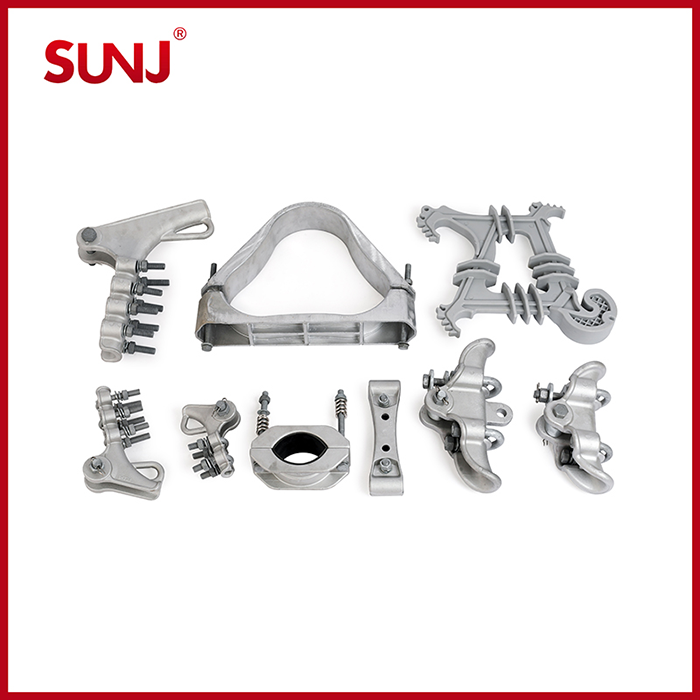
Strain Clamp Explained: Types, Uses, and Selection Guide
Strain clamps secure conductors in transmission and distribution lines, ensuring stability, safety, and long-term reliability under mechanical stress.
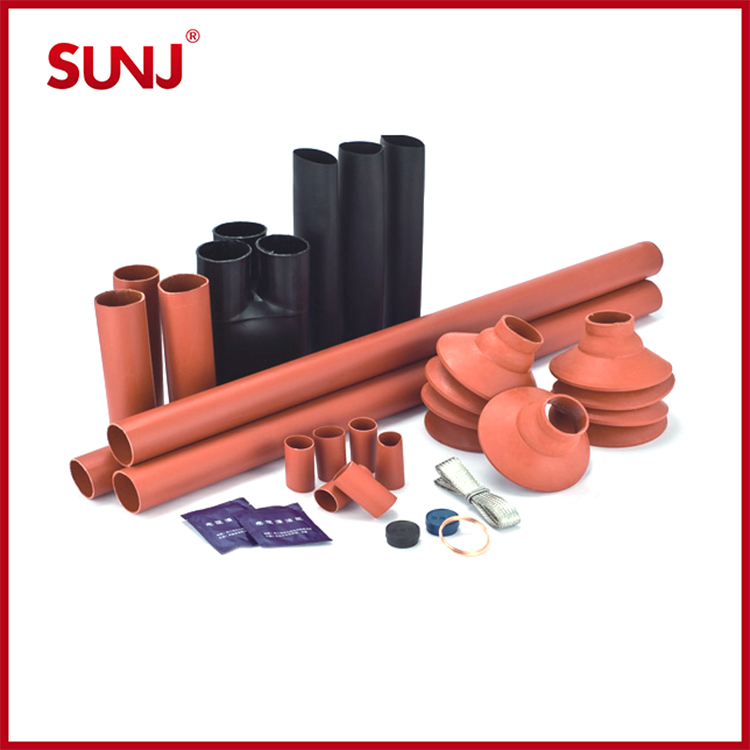
Cable Accessories: Types, Uses, and Complete Guide
Discover cable accessories types, uses, and applications. Learn how joints, terminations, and fittings ensure safe and reliable power distribution
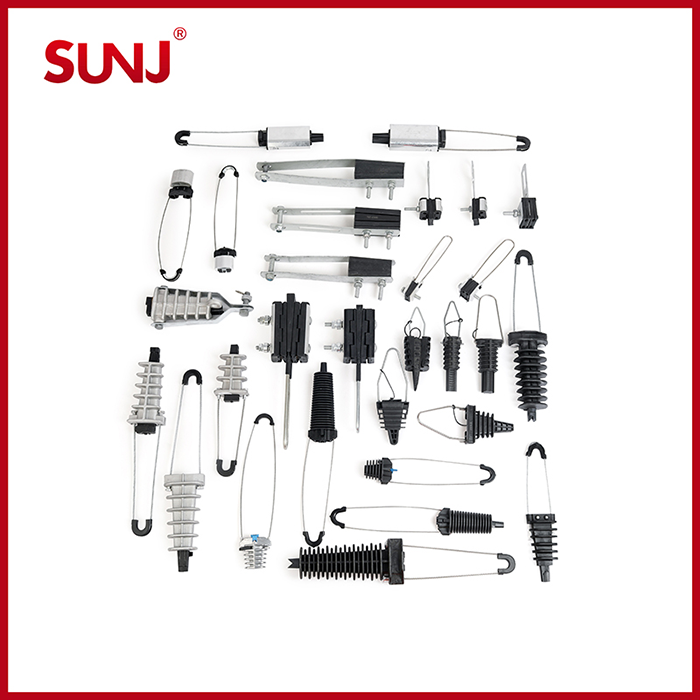
Aerial Cable Accessories: Types, Uses, and Complete Guide
Comprehensive guide to aerial cable accessories. Learn about suspension clamps, anchor clamps, insulation piercing connectors, ABC accessories, and jointing kits. Explore their functions, benefits, installation practices, and comparison with underground cable systems.
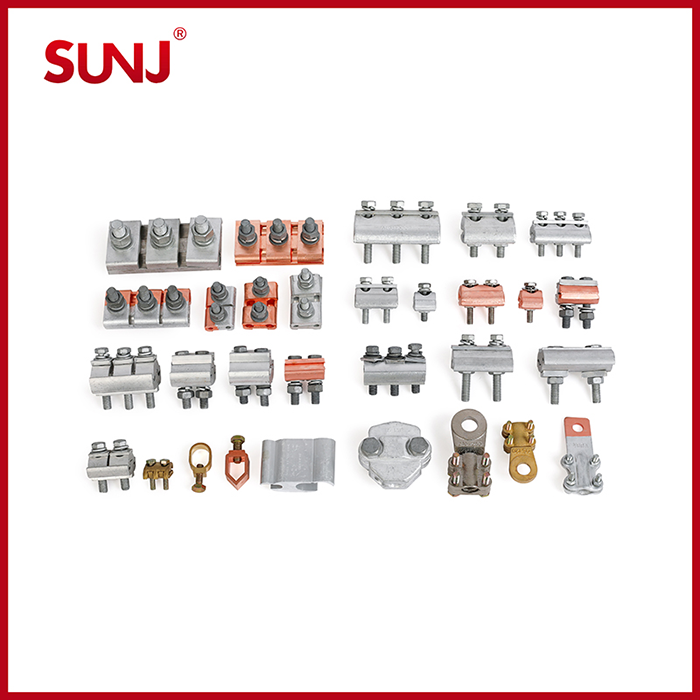
What is a Parallel Groove Clamp?
Discover the importance of parallel groove clamps in electrical systems. This guide covers everything from their purpose and materials to installation steps and real-world applications. Learn how PG clamps ensure secure, efficient connections in transmission lines, wire branches, and more, offering both mechanical strength and electrical conductivity.
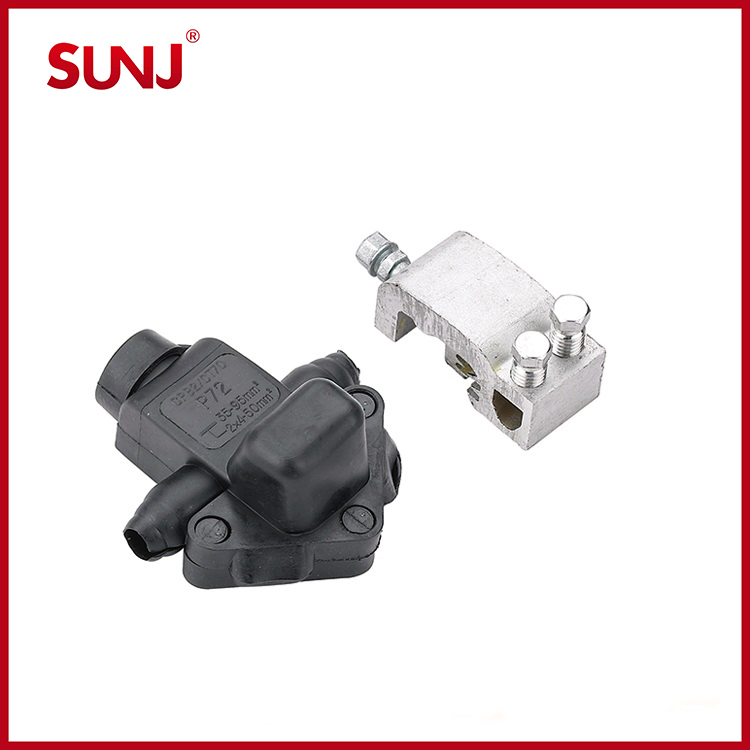
Top Insulation Piercing Connector Suppliers in South Africa
Looking for reliable insulation piercing connector (IPC) suppliers in South Africa for utility, solar, or electrical infrastructure projects? This 2025 supplier list highlights 10 trusted providers offering certified IPCs and accessories across the country. Whether you're sourcing for government tenders, industrial installations, or bulk retail, these companies provide proven quality and technical support.
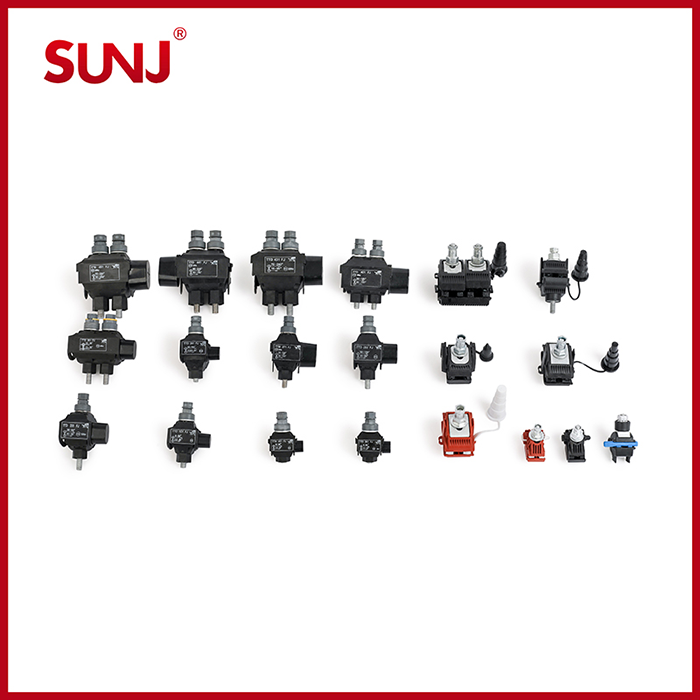
Top 10 Insulation Piercing Connector Manufacturers in 2025
Looking for high-quality insulation piercing connectors (IPCs) for your power projects or distribution business? Here is a list of the top 10 globally recognized manufacturers in 2025, carefully selected based on product quality, certification, R&D strength, export performance, and customer feedback.
